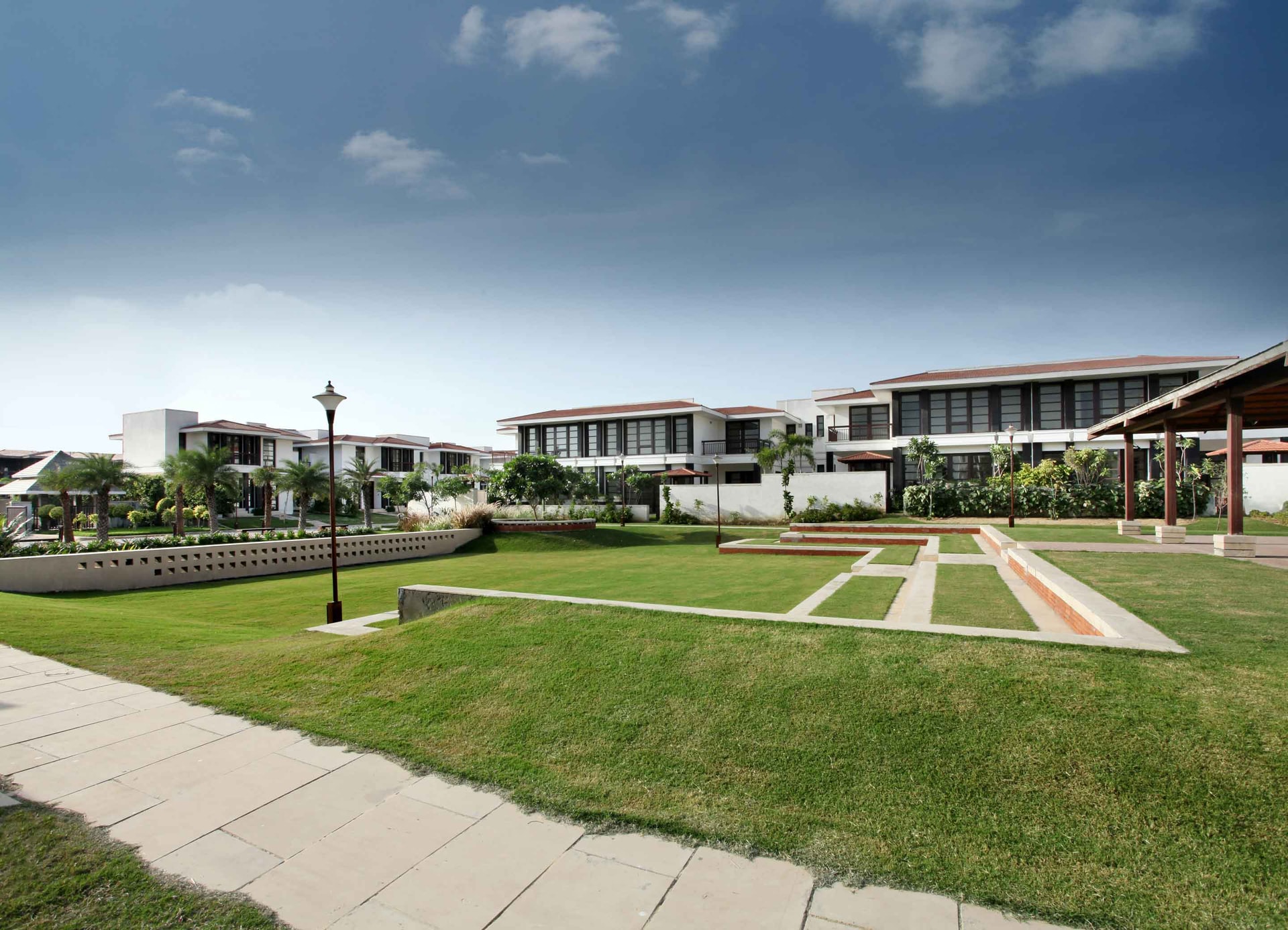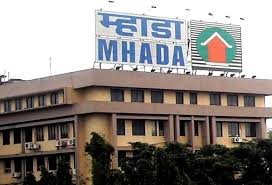If you’re looking into buying a plot, you are bound to come across the terms ‘freehold’ and ‘leasehold’. What are they? In India, there are two main kinds of property ownerships – freehold and leasehold. The major difference between the two kinds of properties in this country is land ownership and control.
As an owner, you are free to do what you desire with your home, as long as you are within the local planning rules. When it comes to leasehold property, the ownership is provided by the government for a period of 99 years. You can prolong the leasehold to 999 years if the owner, which is essentially the State in the majority of the scenarios, wants to lengthen the lease and you are fine with paying the amount needed for the lease extension.
Let us look into both of them in detail:
Freehold Property
What is freehold property in India? If you have bought a freehold plot, not only do you own the land it is erected on but also the home. If this is about a flat, the owner of the apartment also becomes the shareholder in the property. You can stay there for as long as you wish. You will have all the rights to make modifications or revamp some portions of the house.
The owner will have to take a permit from the authorities if you incorporate structural changes (particularly in the case of old buildings). In this country, the majority of the houses are sold as freehold property but flats are usually on a lease. Nevertheless, this is slowly changing as several apartments are selling as freehold.
Benefits of Freehold Property
- Owners of freehold properties are not required to pay ground rent on a yearly basis.
- If you own a freehold property Mumbai, you will have the responsibility of maintaining the building and don’t have to rely on anybody else.
- You will be able to enjoy the full ownership rights of the property
Leasehold Property
If you have bought a leasehold property MMR, you can live there for a specific duration. In this case, the buyer will not be considered to be the owner of the property or the land it is perched on. When it comes to leasehold property, you need to pay ground rent to the leaseholder or the owner.
Once the stipulated time period in the lease expires, the ownership of the property is returned to the landowner. Most of the leases are approximately given for the duration of 99 years. For those who are choosing leasehold properties, it is vital to be aware of the tenure of the lease as it will more than likely affect the worth of the property. You can prolong the leasehold to 999 years.
Advantages of Leasehold Property
- It is comparatively more reasonably priced as opposed to freehold properties as the land cost to the development is always less.
- Leasehold properties are usually safer to purchase as they have clear titles and the qualifications of the developers are also substantiated.
- The obligation to properly maintain the project typically lays on the developer of the state government, whoever is believed to be in charge.
The residential sector in India is massive. Every state in this country follows a different set of rules for conversions. In some places like Delhi, you’re allowed to turn a leasehold property into a freehold. If such an opportunity arises, you should certainly go for it.
Homebuyers usually prefer opting for investing in freehold property as opposed to leasehold thanks to the stability and the likelihood of capital increase. Moreover, a freehold title offers buyers the opportunity to have full ownership of the property as compared to the leasehold title in which the land is owned by either the State Authority or the developer who has bought the land to build the project.
If you have decided on whether to opt for freehold or leasehold property, check out IndexTap to peruse their extensive line-up of residential properties in MMR,
Visit IndexTap for more such exciting analysis and details on real estate.
















